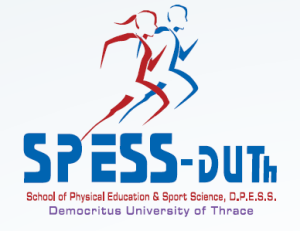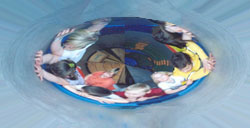The article presents ail explorative study on the impact of rhythmic psychomotor interv ention on the skills of waiting and self-control in pre-scholar age children in Italy. The focus skills are investigated through the analysis of psychomotor indicators, on one side, such as tonic-emotional availability and waiting times and external indicators, and on the other side, such as the knowledge of time concept and the analysis of behaviors at school and home, investigated through teachers and parents. The exploratory work made it possible to identify the positive effect of the rhythmic psychomotor intervention on the body calm, the deferral of satisfaction and the ability to anticipate, highlighted by the literature as predictors of better behavior at school and, consequently, of a more facilitated learning. The study shows that there is a close correlation between the mentioned components and opens a longitudinal research scenario aimed at analyzing the effects that such an intervention can have in preventing behavioral and scholastic difficulties.






